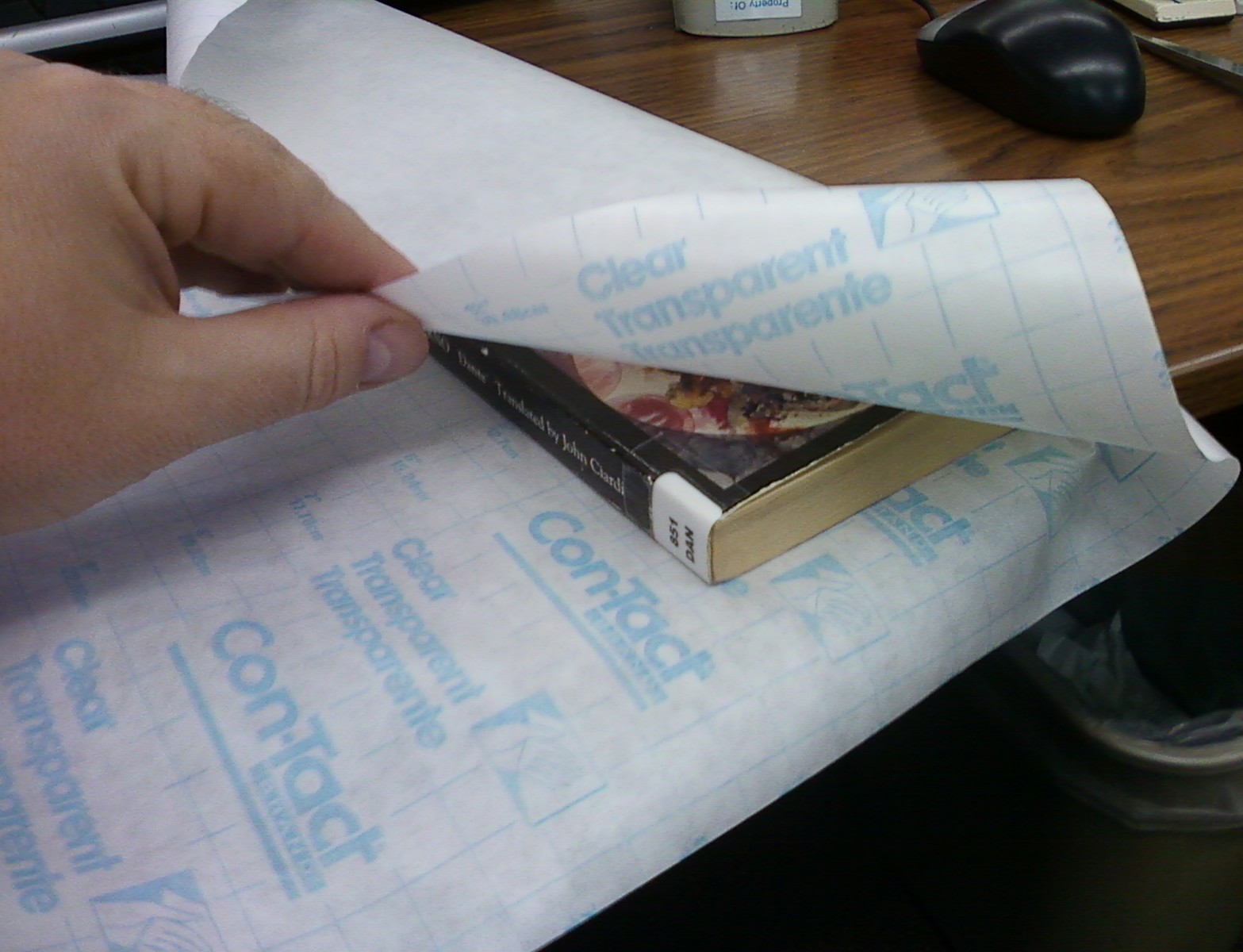If you have an old hardcover book and would like to protect it from UV rays, then you may want to learn how to cover a book with contact paper. This project will prevent your book from becoming damaged by mold or the harmful UV rays of the sun. You will also learn how to remove any air bubbles from the contact paper and prevent your book from being ruined by mold. Just follow these instructions and you will have a beautiful book in no time.
Protecting hardcover books from harmful UV rays
While UV light is helpful to kill germs, it is not safe for books. Not only is UV light harmful to books, it also can damage the cover. Contact paper is a better solution. Film fiber tape has the same protection properties as contact paper and is a great option for hardcover books. The best thing about film fiber tape is that it does not fade or damage over time. Book tape is especially helpful for hardcover books that crack and become damaged easily.
While it is impossible to completely protect hardcover books from ultraviolet rays, it is important to maintain their condition. If you have wood bookshelves, be sure to seal the wood with UV-blocking materials. Stable plastics, glass, and acrylic are all recommended. If you have no way to secure the cover, make sure to dust it regularly with a soft cloth or vacuum cleaner. Regular dusting is important to maintain the condition of the pages. Avoid using dust-removing products as these contain chemicals that can damage the paper.
Removing air bubbles from book covers
There are many different methods to remove air bubbles from book covers. Using a vacuum cleaner or air pump may be effective in removing these bubbles. Other methods may include soaking the book in hot water, removing any bubbles with a pin, or smoothing out the contact surface with a ruler. In some cases, these methods may not work, and you may need to try a combination of techniques.
First, apply a thin sheet of contact paper to the book cover. The contact paper should be firmly pressed to the book cover without any wrinkles. Then, smooth it out with a flat iron. You can also apply a clear coat to seal the edges. Follow the manufacturer’s directions to prevent bubbles in your book cover. To remove air bubbles, follow the directions carefully and use a squeegee if necessary.
Working the adhesive sheet from the top to the bottom of a book
The binding process has two main stages: the one-shot and the two-shot techniques. Both use a roughened edge to expose more area to the glue. For the one-shot, you apply a thin layer of glue to the spine. The second step involves applying another layer of adhesive, this time on top of the first one. After this, work the adhesive sheet from the top to the bottom of the book, starting with the top endpapers.
Protecting books from mold growth
Inactive mold may grow on book covers. To remove the fungus, clean the books with a 7-percent solution of isopropyl or ethyl alcohol. The alcohol will act as a mild solvent and remove the outer stain. Once the mold has been removed, replace the books and dry the area thoroughly before reusing them. If the mold is inactive, you may also wipe the book with a soft cloth dampened with denatured alcohol.
To prevent mold growth in your library, you should ensure that the surfaces are clean. Keeping the books clean will ensure that the mildew isn’t allowed to remain in the books. Keep the books well-ventilated so that mold spores will not be attracted to them. In addition, make sure to keep the library free of hoarded items. Hoarding books can also increase the amount of moisture in a room, making them more likely to suffer from mold growth.

